RCCB: Residual Current Circuit Breaker
How does it work? RCCB is designed to detect current difference between Phase (Live) and Neutral. This current also known as Residual Current. As in normal operating condition, Phase and Neutral will always have a balance current, however, when there is a fault or potential hazard residual current will occur.
For healthy circuit, always amount of current flows through Phase should return through Neutral. If there is any mismatch it will be detected by RCCB.
In other words, RCCB will operate when there is earth fault. RCCB is very useful device to protect individual from electric Shock.
RCCBs will detect current as low as 30mA, which is very small to detect by other means of device. However RCCB are always used in conjunction with other protective device like MCB. As RCCB are only designed to detect residual current and not to trip on overload/short circuit. RCCB are shown for rated current, however, that rating is only indicating normal operation current that RCCB can carry.
The most widely used RCCB are 30mA and 100 mA
ELCB (Earth Leakage Circuit Breaker)
Current operated ELCB are as same as RCCBs or we can say the term current operated ELCB was old and new term is RCCB.
Voltage operated ELCB (VOELCB): In VOELCB there will be 3 connection unlike RCCB. Phase, Neutral and Earth wires are connected through ELCB. VOELCB will monitor any current flow in to the Earth conductor by detecting voltage difference between earth and neutral conductor.
VOELCB may not operate correctly if the earth is connected by supplemental bonding or the fault current from protected circuit is to different earth (than the earth connected to VOELCB).
Range of ELCBs are generally 30mA
RCBO (Residual Current Breaker with Overload)
When current imbalance occur, the residual current circuit (RCCB) will operate and when there is overload in circuit, the circuit breaker (MCB) will operate.
RCD (Residual Current Device)
The term RCD tends to refer to power socket level implementation of RCD. It can be built in feature or external connected between socket and appliance.
As RCD are generally designed to operate on residual current only and not on overload, RCDs are termed more closely with RCCB and not with RCBO.
RCD (socket built in) is very common in UK and other British standard systems. RCD are rated for maximum current of the socket defined for particular country. In UK it would be 26A for double socket and 13A for single socket or plug in unit or for an extension.
There are two types of RCD. 1) Latching type 2) Non-latching type.
Latching type RCD: This RCD will be latched once power supplier failed and will be reset automatically as soon as power supply restored.
Non-Latching type RCD: This RCD will be non-latched (trip out) once power supplier failed and will be needed manually reset.
MCB (Miniature Circuit Breaker)
Generally 6kA or 10kA short circuit capacity of MCBs are used.

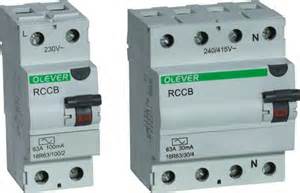
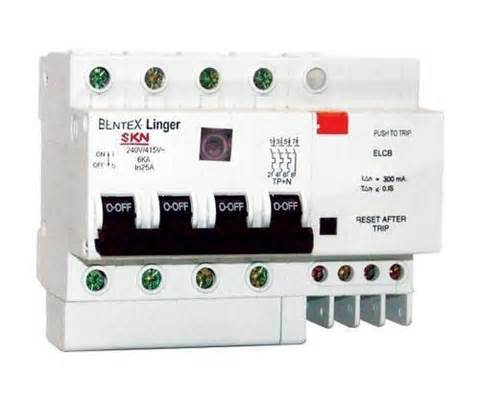
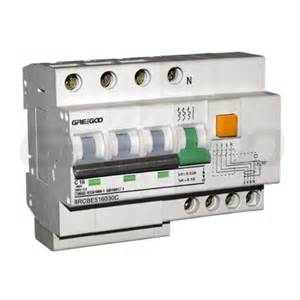
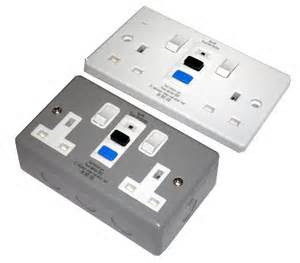
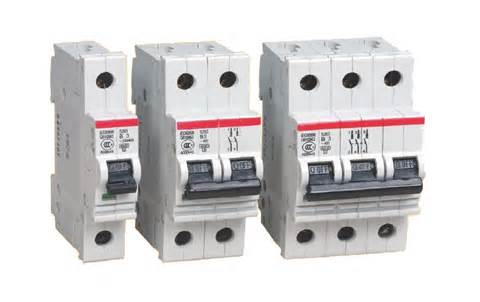
 RSS Feed
RSS Feed
